Choosing the right counter stool size is essential for achieving both comfort and aesthetic harmony in your kitchen, dining space, or home bar. Whether you're shopping for counter height stools, bar stools, or kitchen island seating, this comprehensive guide will help you make the right decision by considering measurements, comfort, style, and functionality.
Why Stool Height Matters
Stool height is more than just a number—it directly impacts your seating comfort, legroom, posture, and the overall usability of your kitchen or dining area. An incorrect height can lead to an uncomfortable sitting experience or an awkward visual alignment with your countertops. That’s why understanding how to measure and choose the correct counter stool height is the first step in creating a well-designed space.
How to Measure for the Right Counter Stool Height
Start by using a tape measure to get the vertical distance from your floor to the top of your counter surface. This is your counter height, and it's the key number that determines what type of stool you need.
Once you have the counter height, subtract about 10 to 12 inches to find the appropriate seat height. This space allows for sufficient legroom and ensures comfortable seating. For example, if your counter measures 36 inches high, the stool seat height should be between 24 and 26 inches.
Also, consider the thickness of your countertop. If it has an overhang or is unusually thick, this can affect how high the stool feels when in use, so include that in your final assessment.
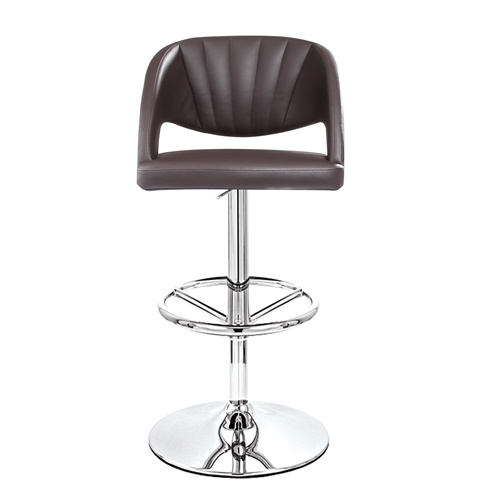
Standard Stool Heights Explained
Understanding standard stool heights will help you narrow down your options more easily:
Counter Height Stools: These counter stools have seat heights ranging from 24 to 27 inches and are designed for counters that are about 36 to 39 inches high. They are a popular choice for kitchen islands and breakfast bar counters.
Bar Height Stools: These bar stools typically have a seat height of 28 to 32 inches and are suitable for bar counters that are 40 to 43 inches tall. They are ideal for home bars, basement setups, and commercial bar areas.
Spectator Height Stools: With seat heights of 34 inches or more, these are best for extra tall counters or raised eating areas over 44 inches in height. They are often seen in entertainment spaces or restaurant seating zones.
Counter Stools vs. Bar Stools
The decision between counter stools and bar stools depends entirely on the height of your surface. For most kitchen counters, which are 36 inches tall, counter height stools are the appropriate option. For higher bars around 42 inches, bar stools are better suited. If your counter is even taller, such as in some custom-built or commercial installations, consider spectator stools.
It's important not to choose based on naming alone. Some stools labeled as "bar stool" may actually be counter height, so always double-check the seat height in inches before purchasing.
Key Comfort and Functional Considerations
When evaluating which counter stools are best for your space, consider the following additional elements that affect both comfort and usability:
Space Between Stools: Leave at least 6 to 10 inches between each stool. This ensures guests can sit, move, and turn comfortably. If your stools swivel, allow a little more room between them.
Seat Width and Depth: Wider seats offer more comfort but may limit how many stools can fit along your counter. A typical stool seat width is between 16 to 20 inches, and depth will vary depending on whether the stool has a backrest.
Footrests: Look for stools with built-in footrests, or plan to install a footrail if your counter doesn’t already include one. Footrests enhance comfort, especially for taller stools.
Swivel vs. Fixed Base: Swivel stools are useful for social or high-traffic areas, allowing users to turn without shifting the stool. Fixed-base stools are better for compact spaces or where minimal movement is preferred.
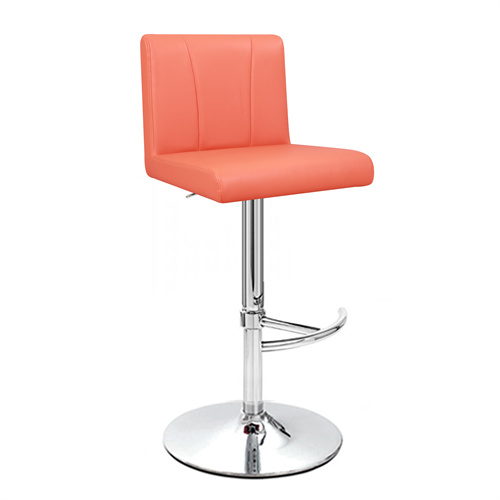
Common Styles of Counter Stools
Choosing a counter stool style should balance form and function. Some of the most popular designs include:
Backless Stools: These offer a clean, minimalist look and can be easily tucked under counters. They are best for short-term seating and small kitchens where space is limited.
Stools with Backs: Provide better lumbar support and are ideal for places where people will sit for extended periods, such as breakfast nooks or casual dining areas.
Upholstered Stools: Offer more comfort and a softer aesthetic. However, they may require more maintenance, especially in homes with children or high usage.
Material Considerations: Wooden stools add warmth and a traditional touch. Metal stools are durable and lend an industrial or contemporary look. Plastic and rattan stools offer lightweight and airy options, suitable for modern or coastal-inspired spaces.
Mistakes to Avoid When Buying Counter Stools
Many homeowners encounter common issues when purchasing stools. Here are some mistakes to watch for:
Neglecting Measurements: Always measure your counter height before making a purchase. Relying solely on product names like "bar stool" can result in buying the wrong size.
Overcrowding the Seating Area: Too many stools can make a space feel cramped. Be sure to leave adequate spacing between each one to maintain comfort and visual balance.
Prioritizing Style Over Function: A beautiful stool that is uncomfortable will not be used often. Consider who will be using the stools and for how long.
Choosing the Wrong Material: Stools placed near food preparation or used by children should be easy to wipe clean and maintain.
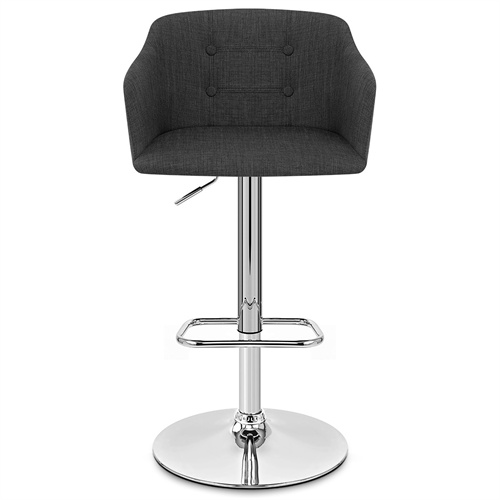
Final Tips for Choosing the Best Stool for Your Space
Before committing to a stool design or seat height, keep these final suggestions in mind:
-
Try different counter stool styles in person to assess comfort, back support, and stability.
-
Match stool materials and finishes with your kitchen’s cabinets, countertops, and fixtures to maintain a cohesive look.
-
Consider how the stools will be used daily. Durable, low-maintenance options are best for busy households.
-
Adjustable height stools offer flexibility and can work across different counter heights or changing needs.
Conclusion
Selecting the perfect counter stool height for your home involves careful planning and consideration. By measuring your space accurately, understanding the standard stool height categories, and evaluating comfort and style factors, you can create a kitchen island seating area that is both visually appealing and practical.
Whether you're furnishing a modern kitchen, a rustic breakfast bar, or a sleek entertainment zone, the right counter stool will enhance both form and function in your home.

.jpg)
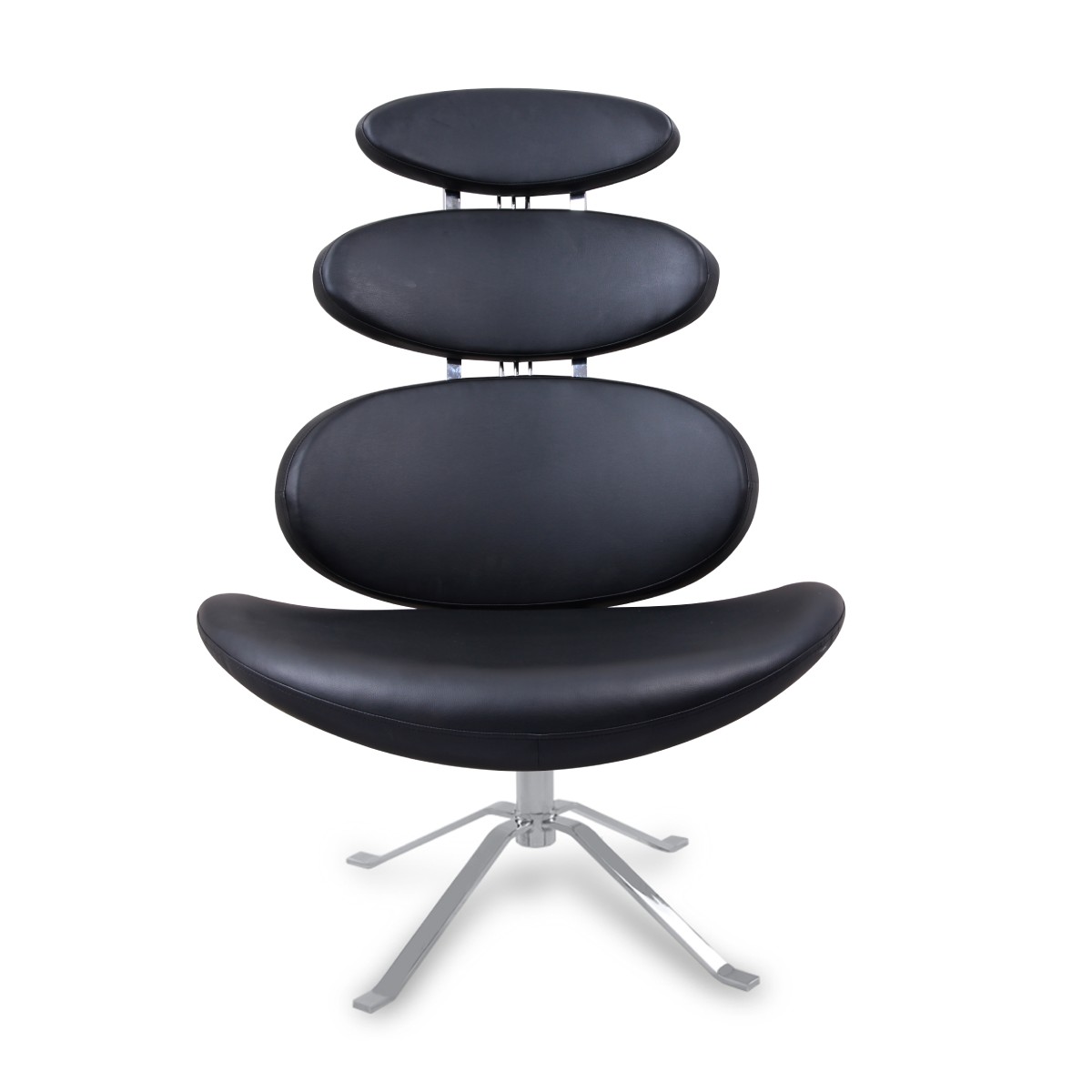
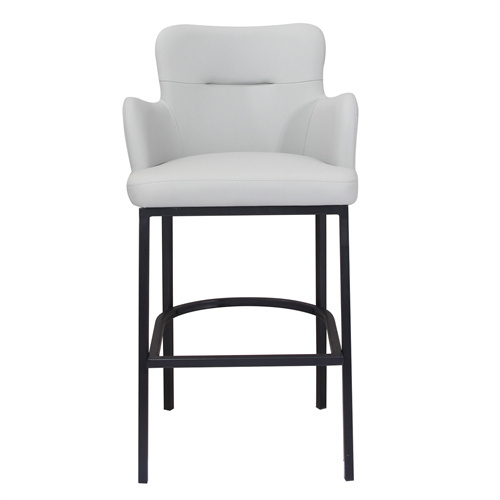
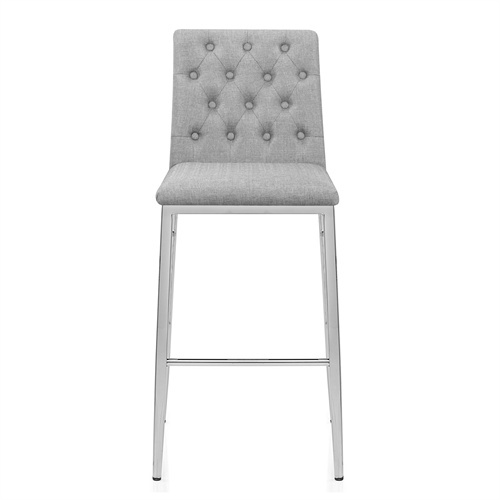
0723.jpg)